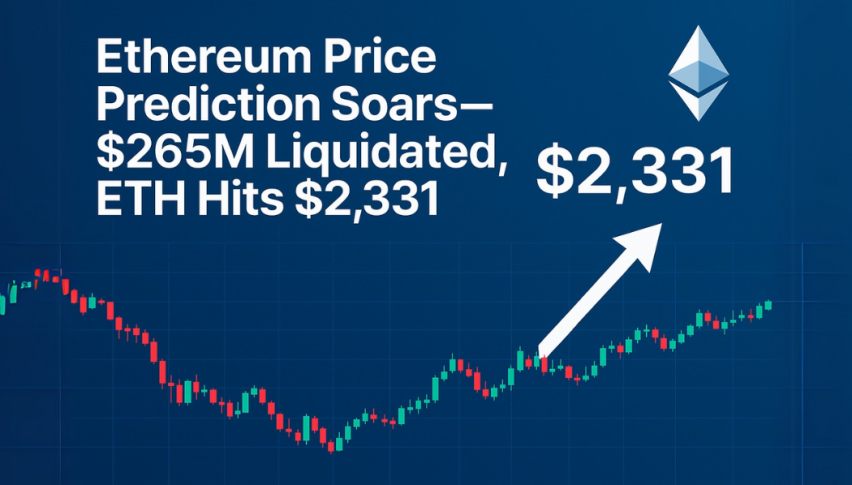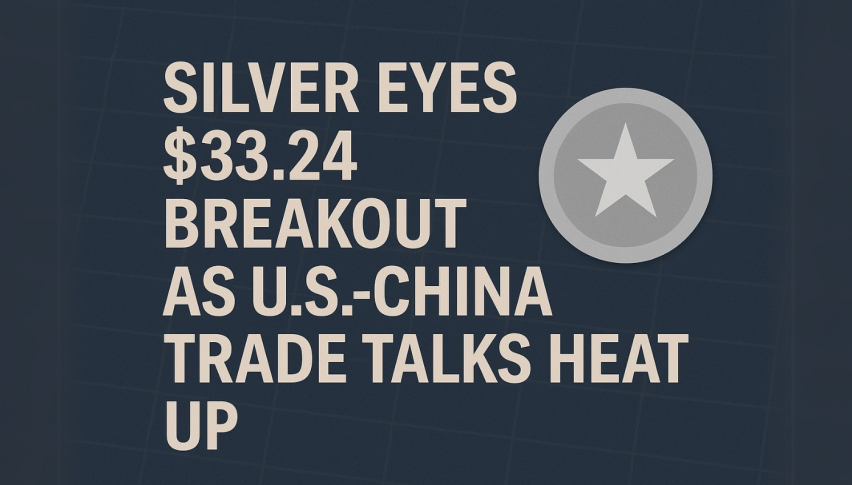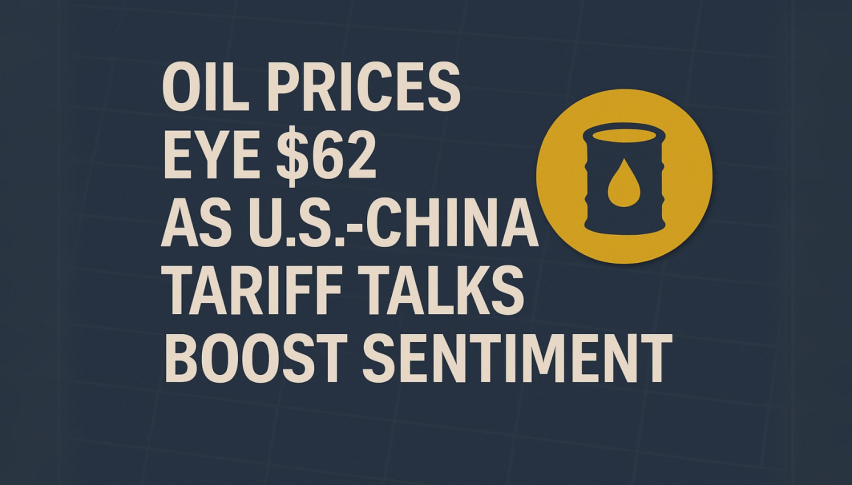Crude Oil Stops Bearish Bias Amid Stronger U.S. GDP – Fundamental Outlook!
During Friday's Asian trading hours, the WTI crude oil managed to stop its previous-day bearish streak and drew some bids around above $
During Friday’s Asian trading hours, the WTI crude oil managed to stop its previous-day bearish streak and drew some bids around above $59.00. Most of the bullish bias was seen amid optimism that the large container vessel could block the Suez Canal for weeks, blocking oil supplies through the vital waterway and contributing to the crude oil gains. Furthermore, the upbeat U.S. GDP, Jobless Claims data, and positive comments from San Francisco Fed President Mary C. Daly over the further stimulus package has also played a role in strengthing the crude oil prices.
The crude oil gains could also be associated with the renewed optimism over potential vaccine for the highly infectious coronavirus disease, which also fueled hopes for a recovery and market sentiment. Consequently, the improved market sentiment underpinned crude oil demand and its price. The World Bank’s upbeat economic outlook for China and the rest of the Asia-Pacific region lend some further support to the energy market.
In addition to this, the losses in the U.S. dollar, triggered by the low safe-haven demand, were also seen as one of the key factors supporting oil prices as the dollar is negatively correlated with crude oil. The renewed concerns over the COVID-19 cases in Europe are boosting fears of renewed lockdowns in several European countries, which turned out to be one of the key factors that kept a lid on any additional gains in the crude oil prices. The WTI crude oil is currently trading at 59.23 and consolidating in the range between 58.33 – 59.41.
The upticks in the crude oil prices were capped by the intensifying fears of rising COVID-19 cases in Europe and some of the notable Asian nations like India, which continually fueling the fears of renewed lockdowns in several countries. In addition to this, China’s sanctions on the U.K. over Xinjiang comments and European leaders’ woes on the coronavirus (COVID-19) 3rd-wave also caps gains in the crude oil prices. Moreover, Australia’s Chief Diplomat terms Beijing’s trade behavior as ‘vindictive’, which also probes the bulls.
In the absence of the major data/events on the day, the market traders will keep their eyes on the Fed’s preferred version of inflation, the Core PCE figures for February, and Goods Trade Balance. The updates concerning the U.S. stimulus package will also be key to watch as any negative news about U.S. stimulus can sour the market sentiment on the day. Meantime, the risk catalyst like geopolitics and the virus woes will not lose their importance. Good luck!
- Check out our free forex signals
- Follow the top economic events on FX Leaders economic calendar
- Trade better, discover more Forex Trading Strategies
- Open a FREE Trading Account



